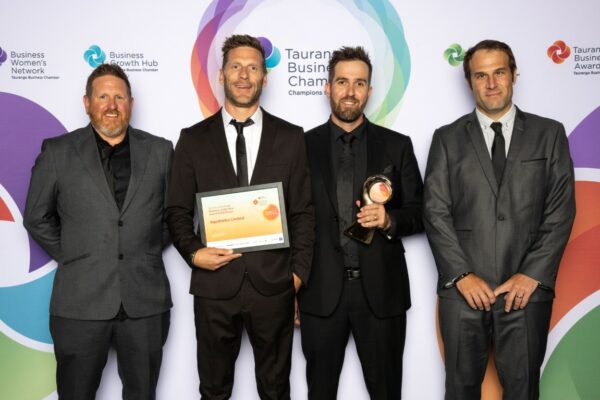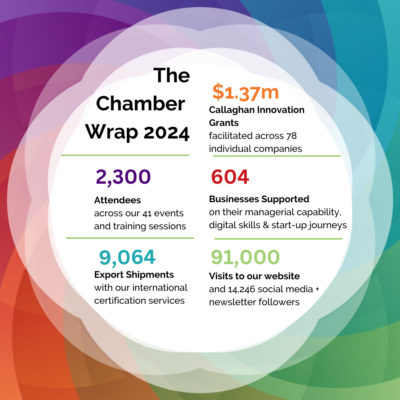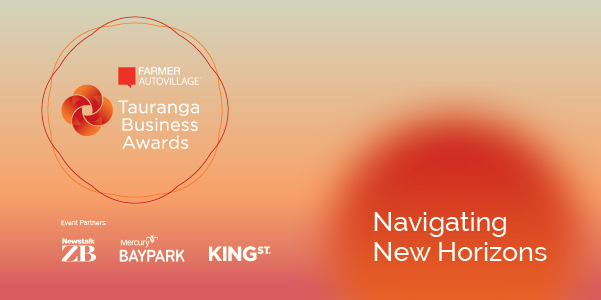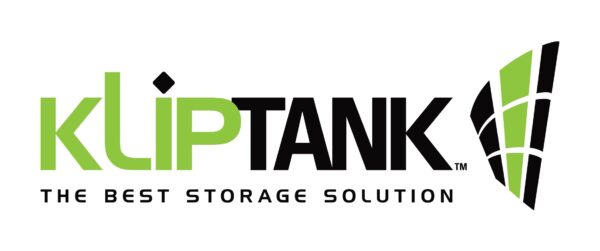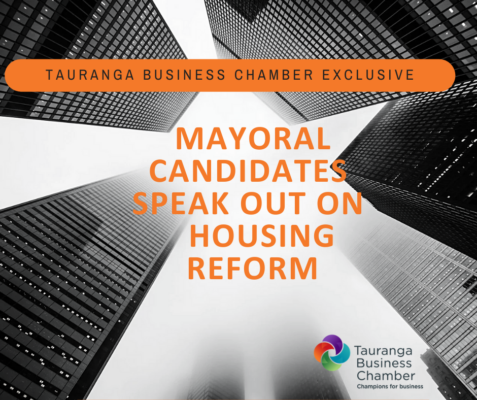Employee engagement, in its raw form, is about the bond between employer and employee.
It’s a bond not to be overlooked and, like most relationships, takes work – there is no one-size-fits-all solution to keeping your employees engaged!
Lindsay Kernohan, director at Sparks HR, talks us through employee engagement – what is it, how can you increase it and what benefits goes it have to your people and their place of work?
What do you define as ‘employee engagement’ and why is it critical to a business’ success?
For me, true employee engagement means valuing people above product and processes, and exists when employees feel valued, have a sense of meaningfulness and an emotional connection to the organisation.
Engaged employees are passionate about what they are doing and are motivated to perform because they want to.
Employee engagement is critical to business success because it’s a key driver of motivation, commitment and productivity. If you don’t like what you are doing, don’t really understand why you are doing it and are operating in an unsupportive environment, you will clearly not feel motivated to work hard, will likely have very little commitment to the business and will definitely not be anywhere near as productive as you can be. Failing to engage your people is a one-way street to a failing business.
What are some mistakes employers make when they are engaging with their employees?
The two most common mistakes that I have observed are:
- When businesses treat employee engagement as a tick box exercise and only pay lip service to it i.e. putting a bowl of fruit in the lunch room will not drive engagement!
- Treating employee engagement in a one-size-fits-all approach. This can either be looking at what other businesses have done and just trying to replicate in your own business or by not recognising the people are different and will not all be motivated by the same thing. This doesn’t mean that you need to individually tailor your approach, but at least ensure that you understand the main motivators across your people.
What are the top 3 most effective ways to engage with your employees?
- Talk to your people. Share your vision and goals so that they understand where they fit and they have a clear purpose.
- Creating a culture of trust. Give your people space to thrive and grow, and have some autonomy. Encourage open two-way communication. If people feel trusted they are far more likely to engage and want to work harder.
- Support. Making sure that you are providing the support that your people need to thrive and perform. Having a holistic approach to this is important, employee wellbeing is critical to engagement and providing support in this space, as well as in areas such as training and development is really important. Research carried out by the NZ Institute of Economic Research has found that for every $1 spent on employee wellbeing, employers will get back $12. That’s a powerful case for investment in wellbeing and as a driver for employee engagement.
How do you develop a strategy to look after employee wellbeing / engagement?
I am a big advocate of having a values-based approach to your business that you can then use as a platform for everything you do. Even the smallest business can have values and it does not need to be an onerous process.
It’s really just about being able to articulate and share what it means to work in your business, and is the basis for your culture and ultimately the framework for employee engagement/wellbeing in your business. With values at the core, you can then move to the following which will help to drive and support employee engagement and wellbeing:
- Ensure that your people have clear goals and know what is expected of them, as well as how this fits into the overall business goals.
- Understand what drives and motivates your people. Talk to them, run an engagement survey so that actions that you take are aligned to what your people need/want (and not just what you think they want) and then follow through with actions around this.
- Provide meaningful recognition and reward, celebrate success. This helps to motivate your people and makes them feel valued. It’s amazing how far a thank you or a handwritten note goes!
- Create an environment of open, honest two-way communication. Think about how best to communicate to your people and create effective channels that provides for ALL your people (remember, it may not be one size fits all!)
- Create an environment of trust and provide autonomy for your people to do what they need to, while also providing the tools/resources and background support that they need.

What are some of the challenges facing our employees and employers managing staff this year in particular? Last year, it was making our way through COVID, but where are we at now?
Remote working has to be one of the biggest challenges that we have now. While it is positive for many as they are able to be more flexible and get a better work/life balance, it can have more negative effects – one of which can be the ability for employers to engage with their employees as effectively.
Missing small things such as the incidental chats and catch ups at the water cooler, and not being able to have your team all together in one space as often (or at all in some cases) makes communication and connection much harder.
Zoom is great, but it really is no substitute long term for face-to-face interactions, something which we as human beings need. Managers need to really work hard to ensure that the key drivers of employee engagement are still being met, and to understand that this may now need a different approach.
The other challenge this year is, and will continue to be around the consequences of the pandemic, namely vaccination roll out and issues of greater mobility of people overseas. We have already seen these things creating questions and concern, and carefully managing through these things will be a focus for all employers. The biggest issue around it from my perspective is the emotional side as there are different view points/reactions and it has the capacity to really rock the boat in terms of workplace engagement and wellbeing.
What unique attributes can female leaders bring to a workplace that can help develop good employee relationships?
At very much a generalised level (because I believe there are many men who also offer these things), I think females can often bring a greater level of empathy and emotional intelligence to the workplace, and they often value (and see the value) of work/life balance because they have been at the forefront of managing this themselves. In relation to employee engagement, this is important as it helps to drive and support the holistic approach that I mentioned earlier.
I think the fact that women are often the ones wearing multiple hats means that they are well placed to provide good insights into some the drivers of employee engagement for fellow women that may get overlooked by their male counterpart.
On the flip side, what unique needs or wants do female employees have that might need to be taken into consideration by employers when it comes to employee engagement and wellbeing?
I think this is probably covered above, but, in general, it’s the flexibility that females often need more than men to be able to keep all the balls in the air.
Enabling flexible hours, working from home etc are all often requested more frequently (and valued higher) by female employees.
Another interesting dynamic that has recently had some airtime is supporting women who are going through menopause. I think this will be an interesting space to watch.
Want more top tips, advice and insights? Check out our news section.




















